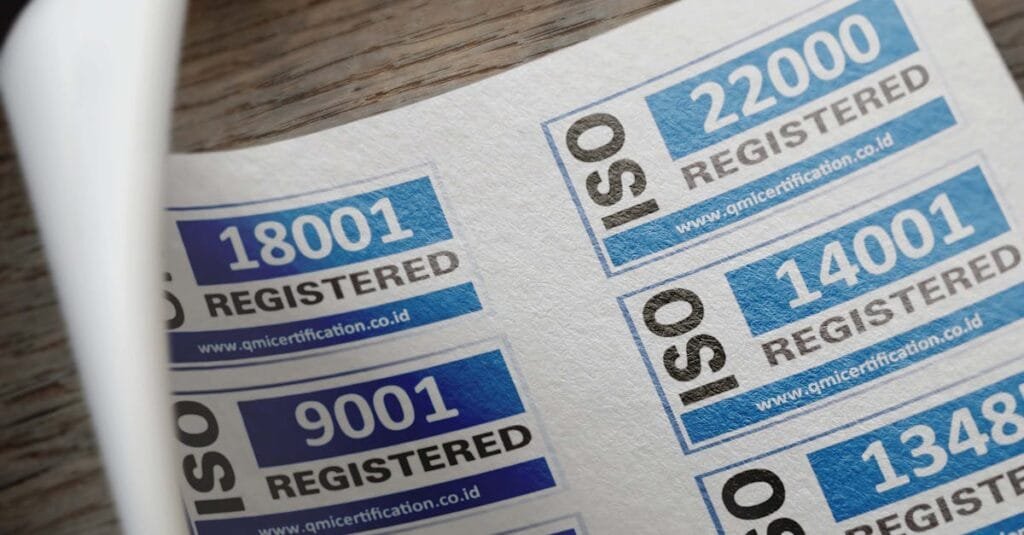Imagine you’re on a road trip. You’ve got your coffee, your playlist is set—and then your GPS starts giving you wild detours. Frustrating, right? Well, that’s how a lot of organizations feel without standardization. It’s like driving through fog without a clear map. Let’s dig into the magic of standardization. Buckle up!
So, standardization. What even is it, right? It’s not just another buzzword tossed around in meetings. It’s like those comfortable sweatpants you put on after a long day—fitting, cozy, and really, really helpful when you need to get stuff done. Yeah, I said it! Just think about it: when everyone’s on the same page, processes click together like a perfectly aligned puzzle. And isn’t that the goal? If you’re working in shared services, you know the importance of clarity. It’s about creating efficient pathways within systems.
Now—side note—when we talk about operational efficiency, there’s a tendency to steer clear of the human aspects. You know what I mean? The touchy-feely stuff that makes our jobs less like machines and more about people? It’s essential! Standardizing processes doesn’t mean stripping away your unique team culture. Nope! It’s more like framing a beautiful painting. (You wouldn’t throw paint around without a canvas, right?)
The Dance of Better Collaboration
A peek into shared services transformation shows us that collaboration is where standardization really shines! It’s about getting everyone in sync. Think of it like a well-rehearsed dance number. (Picture the “Single Ladies” dance, just without the sequins!) When processes are standardized, team members can swap roles seamlessly, which means no more awkward jabs at “who’s doing what.” You step in, someone else steps out, and voilà—smooth sailing!
Let’s talk some real-world insights. Remember that time your team scrambled because Frank forgot to follow the new expense reporting template? Who knew expense reporting could be so dramatic? Well, that’s what happens when things aren’t consistent. Standardization eliminates those heart-pabbing moments.
- Reduced Training Time: New folks get the hang of things quicker. They aren’t lost in a sea of different “how-tos.”
- Fewer Errors: Believe it or not, some problems disappear faster than a bag of chips at a party. (And those chips always go fast, right?)
- Enhanced Service Delivery: Customers notice the difference. A more streamlined approach makes interactions smooth and reducing back-and-forth confusion.
The Case for Process Optimization
Now, let’s not shy away from process optimization. It’s like taking your favorite sandwich (that’s the standard process) and adding just the right amount of mustard—mmm, now that’s good! Standardization feeds into optimization, and together they create a powerhouse of efficiency.
(Oh, and speaking of efficiency—have you noticed how some teams still refuse to adopt standardized tools? Wild, right? It’s like insisting you’ll only wear flip-flops in winter. Just doesn’t make sense!)
Let’s sprinkle a few keywords in here. We’ve got *shared services transformation*, *process optimization*, *operational efficiency*, *process standardization*, and *system integration*. See? They blend right in like the peanut butter to the jelly.
Incorporating these concepts helps to create a framework that pushes everyone to be their best selves. Not pointed fingers, just clear pathways.
But Wait, What About Innovation?
Here’s the kicker though. Lots of folks think, “Standardization stifles innovation.” (A bold claim, I know!) But, hey, I’m here to challenge that notion. Think about it: when the groundwork is safe and sound, you’re free to explore. When teams aren’t stuck wrestling with messy, inconsistent practices, they can channel that brainpower into innovation. The kind that makes banks rethink their processes or inspires tech companies to launch apps that rock our worlds.
Take Your First Step
Now, if you’re sitting there thinking, “Okay, I’m in. Where do I start?” Here’s a little nudge:
- Conduct a Process Audit: See what’s there. What’s working? What’s not? Break out that detective hat!
- Get Input: Talk to your team! Their experiences are gold. Understand pain points.
- Document Everything: (Trust me, this isn’t just busywork. It’s future-proofing!)
- Communicate Changes: Regularly, and clearly. Don’t just throw it out there like confetti. Help everyone catch the spirit!
- Iterate: Yeah, standardization isn’t a one-time thing. It should grow and adapt—just like that dynamic team we talked about.
Wondering where this leaves you? Well—let’s just say you’ve got a lot of potential. Embrace the chaos, lean into standardization, and watch the good vibes flow!
So—final thoughts? Remember: the road to operational efficiency is paved with standardized processes, relatable team spirit, and a healthy dash of innovative thinking. Want to drive the change? Buckle up; it’s going to be one heck of a ride!


